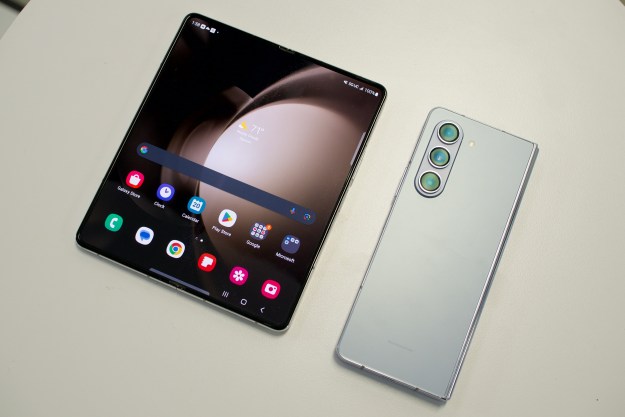
VoIP leader Skype—in the process of being acquired by tech giant Microsoft—has rolled out version 2.1 of its Skype application for Android phones, substantially expanding the number of handsets that can handle video calls. Initial versions of the video calling feature—just launched in June—supported video calling on just a handful of smartphones. Version 2.1 adds explicit support for 17 new handsets—and Skype notes that even if a users’ handset isn’t specifically listed, they might be able to turn on video calling in the app preferences anyway.
“For those of you using Android 2.2 (Froyo) and above, you should still be able to enable video calling in your Skype settings. Just go to ‘Skype settings’ after launching the app and select ‘enable video calling,'” wrote Mark Douglas in the company’s blog. “Unfortunately, if you cannot see the video calling settings, it means your Android phone does not meet the minimum requirements.”
According to Skype, users of Android 2.2 “Froyo” phones that aren’t certified for use with Skype may only find that the back camera on their device works with the service—front camera support will eventually be rolled out for devices running Android 2.3 or newer.
Skype 2.1 explicitly supports video calling on devices like the Acer A5, a swath of HTC devices (the Sensation, Flyer, Evo 3D and 4G, Desire HD, and original Desire), along with the Samsung Galaxy S series and Galaxy Tab, the LG Revolution, and Sony Xperia mini pro, Play, and ray devices.
Skype’s strong support for Android may soon be another source of Android-derived revenue for Microsoft, which has been pressuring companies to execute patent licenses to protect them from potential infringement litigation against Android. Microsoft is reportedly pressuring Samsung to pay $15 for every Android handset it sells. In the meantime, every penny Skype earns will eventually trickle into Microsoft’s coffers: its $8.5 billion acquisition of Skype is expected to be approved by the end of the year.
Editors' Recommendations
- Meta brings cartoon avatars to video calls on Instagram and Messenger
- Truecaller brings AI-powered spam call filtering to any iOS or Android phone

